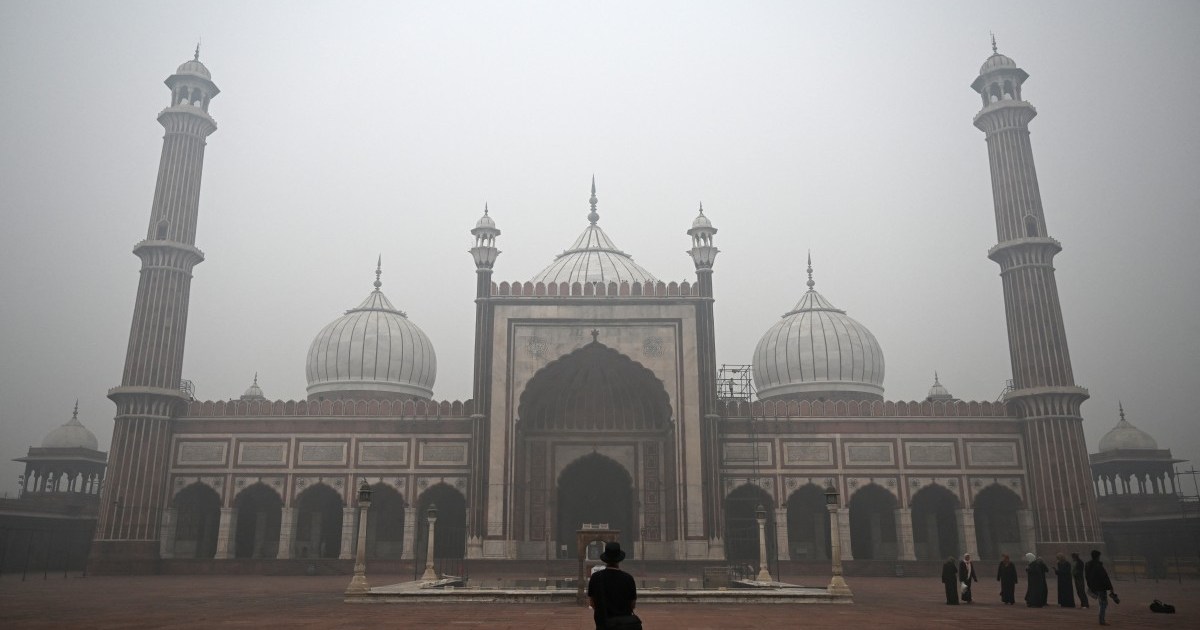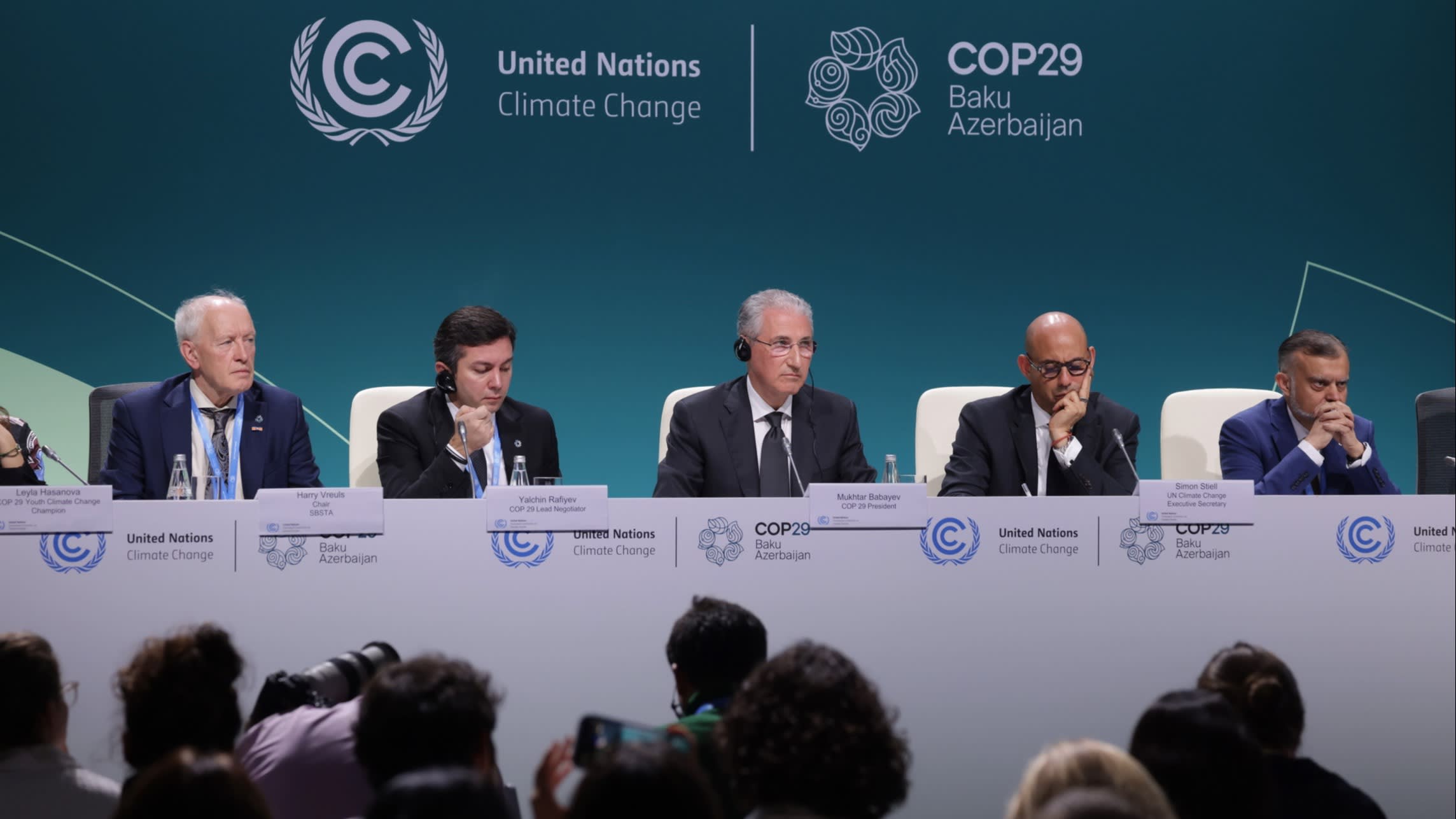Air pollution in India’s capital, New Delhi, has surged to “hazardous” levels this week, prompting state officials to restrict movement and reconsider plans for inducing artificial rain to alleviate the toxic smog. Last week, city authorities ordered schools to close, and businesses and offices were instructed to operate at half-capacity starting Monday.
Earlier in the week, air quality monitors recorded a “severe plus” reading (493) on the 24-hour air quality index (AQI), which is over 30 times the limit set by the World Health Organization (WHO). This figure indicates alarmingly high concentrations of unsafe particulate matter known as PM2.5 in the air, marking the highest level recorded this year. According to WHO guidelines, the 24-hour average of PM2.5 should not exceed 15 micrograms per cubic meter for more than three or four days annually.
The capital’s toxic smog season typically occurs each winter, consistently ranking the region, home to 33 million people, among the most polluted in the world. Delhi’s Environment Minister Gopal Rai stated to the media on Wednesday that the city government is prepared to implement an emergency plan for artificial rain to disperse the smog but criticized the federal government for delaying necessary approvals. Here’s an overview of Delhi’s smog issue and the potential impact of artificial rainfall:
WHAT ARE THE AIR POLLUTION LEVELS AND AQI?
Air pollution levels have escalated sharply since late October, remaining hazardous every day since November 12, as reported by monitoring startup IQAir. Officials noted on Tuesday that the AQI had slightly decreased to 460. The AQI serves as a tool for governments worldwide to communicate air quality status.
Experts indicate that AQI scores can differ due to varying scales used by countries to convert pollutant concentrations into AQI values; thus, the same pollutant level may correspond to different AQI scores in various nations. For instance, on the AQI scale in the United States, Delhi’s pollution reached 1,100, categorizing it as “hazardous.” In India, an AQI above 200 is deemed poor, above 300 very poor, and above 400 severe or hazardous, with a recommended limit of 0 to 100.
WHAT ACTIONS HAVE AUTHORITIES TAKEN?
Officials have closed schools and shifted students to online learning. Offices are also required to operate at half-capacity. Additionally, nonessential construction work has been banned, and the movement of nonessential trucks has been restricted. These stay-at-home orders aim to reduce vehicle traffic and construction emissions, both significant contributors to pollution.
Water tankers are actively spraying water in various parts of the city to help mitigate the smog, and mechanized sweeping has been deployed to settle dust. Other cities in India, such as Gurugram, Patna, Jaipur, Lucknow, Hyderabad, Ghaziabad, Kolkata, Mumbai, and Bengaluru, reported AQI levels ranging from poor to hazardous on Tuesday, according to IQAir.
WHY DOES SMOG OVERRUN DELHI EVERY WINTER?
General air pollution in India is largely attributed to the burning of coal for over half of its electricity generation. In Delhi, this issue is compounded by emissions from millions of vehicles and pollution from the construction sector, which lacks proper controls. The situation worsens from October to January when colder temperatures coincide with extensive crop stubble burning.
Smoke from neighboring states, including Uttar Pradesh, Punjab, and Haryana, travels to Delhi as farmers burn agricultural waste post-harvest. The colder winter air traps pollutants closer to the ground, exacerbating the smog problem. Additionally, the widespread use of firecrackers during Diwali, the Hindu festival of lights at the end of October, has been cited as a contributing factor.
Although authorities banned traditional firecrackers in 2017 and permitted only environmentally friendly options, enforcement of this rule is lacking. PM2.5, the fine particulate matter in polluted air, penetrates deep into the lungs and poses health risks, particularly for children, the elderly, and individuals with respiratory or heart conditions. Each year, respiratory diseases claim hundreds of thousands of lives in India. An IQAir report in 2021 revealed that no Indian city met the updated WHO safety standard of 5 micrograms of PM2.5 per cubic meter of air, with nearly half of the states exceeding this limit by over tenfold.
WHAT CHALLENGES DO AUTHORITIES FACE IN TACKLING THE CRISIS? WILL ARTIFICIAL RAIN BE EFFECTIVE?
In Delhi, a political blame game has often surfaced between the city government and central authorities. The city is governed by the Aam Aadmi Party (AAP), a group primarily based in Delhi, which opposes the ruling Bharatiya Janata Party (BJP) that controls the federal government. This week, Delhi’s environmental minister has repeatedly held Prime Minister Narendra Modi and Indian Environment Minister Bhupender Yadav accountable for their silence on the crisis, asserting that addressing the smog is their “moral responsibility.”



